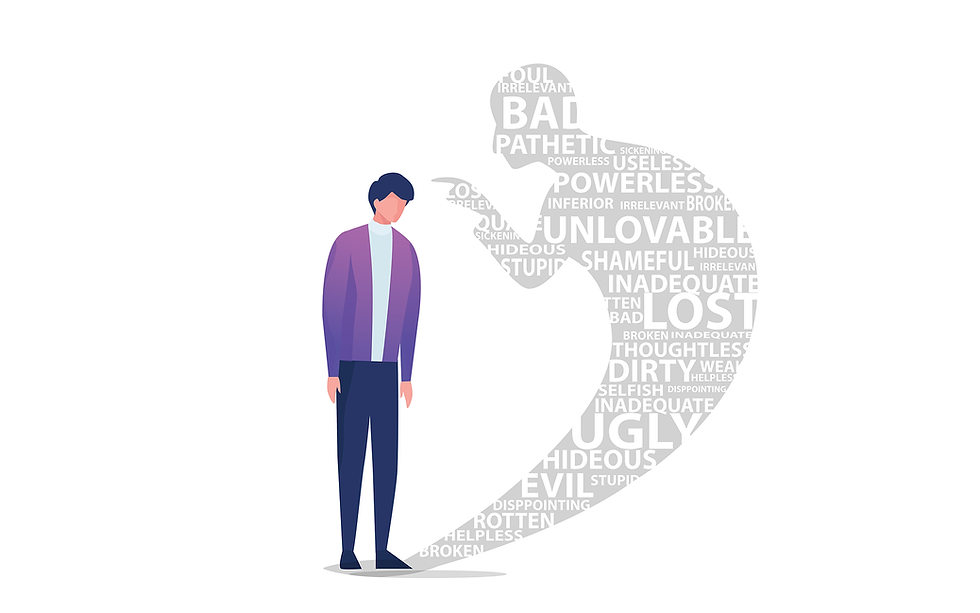What's Your Emotional Vocabulary?
- prospectcounselling

- Nov 14, 2018
- 2 min read

Dr. Robert Plutchik (an American psychologist) studied emotions throughout his career in the 20th century, and his research revealed that there are eight basic emotions which people can experience. These are:
Fear
Anger
Sadness
Joy
Disgust
Surprise
Trust
Anticipation
These can be seen in the above diagram, the 'Wheel of Emotions'. For more information on Plutchik's research go to: https://positivepsychologyprogram.com/emotion-wheel/
In my experience as a counsellor, clients often find it difficult to name specific emotions that they have experienced or are experiencing. In fact, it's not that uncommon for clients in the early stages of therapy to only be able to name a few, describing only feeling 'Happy' 'Upset' or 'Angry' and when asked about how they feel or how they felt in a particular situation, may simply reply 'I don't know'. This isn't that surprising when you consider the many ways in which society shapes our sense of which feelings are and aren't acceptable to express. Talking about our feelings may lead us to feel uncomfortable, vulnerable, embarrassed or weak. For example, when a child falls and grazes his knee, he feels pain, feels upset and starts crying. He is then told by his mother to 'Stop being a baby, don't cry!' It's understandable that after hearing this kind of message throughout his life he will grow up trying to suppress his expression of feeling upset or in pain. Children may learn not to show all of their emotions and often not to even recognise some of them.
As we have seen, there are at least 8 basic recognizable emotions, but there are so many more words we can use to describe our feelings. A recently published study in the Proceedings of National Academy of Sciences in 2017 suggests that there are as many as 27 different categories of emotions.
Exploring and working with emotions gives clients the opportunity to discover and really be themselves. Using a variety of words to describe how we feel enables us to more accurately and more fully explain our emotional state. In a therapeutic setting, this potentially helps not only the counsellor but also the client to clarify and better understand their thoughts, feelings and behavioural patterns.
An essential aspect of a counsellor's role is to help clients access and express emotions. We do this by providing a safe space for clients to be able to explore their feelings, by having an accepting and non-judgemental attitude towards them and by offering empathy. We can also help clients increase their level of comfort with avoided emotions e.g. by encouraging them to explore what might be making it difficult for them to acknowledge and/or experience certain feelings.
So, what is your emotional vocabulary like?
Have a look at the list below and see how many of the emotions you can relate to or identify with:
Amazed
Foolish
Overwhelmed
Angry
Frustrated
Peaceful
Annoyed
Furious
Proud
Anxious
Grieving
Relieved
Ashamed
Happy
Resentful
Bitter
Hopeful
Sad
Bored
Hurt
Satisfied
Comfortable
Inadequate
Scared
Confused
Insecure
Self-conscious
Content
Inspired
Shocked
Depressed
Irritated
Silly
Determined
Jealous
Stupid
Disdain
Joy
Suspicious
Disgusted
Lonely
Tense
Eager
Lost
Terrified
Embarrassed
Loving
Trapped
Energetic
Miserable
Uncomfortable
Envious
Motivated
Worried
Excited
Nervous
Worthless
Try to think of an actual experience in the past when you have felt this emotion...what has led up to you feeling this way?
What was it like to experience this emotion? What thoughts and physical sensations accompany it?
How is it different from similar emotions e.g. feeling worried or anxious, depressed or miserable, peaceful or comfortable?
How did this feeling impact on your subsequent behaviour?
Are there any emotions you don't connect to? What association does this feeling hold for you?








Quite confusing to identify the number of emotions I experience. Didn't identify with feelings of insecurity or loneliness or embarrassment, but a lot of anger and frustration and stress and annoyance and impatience ( some of these not even on the list, I expect)